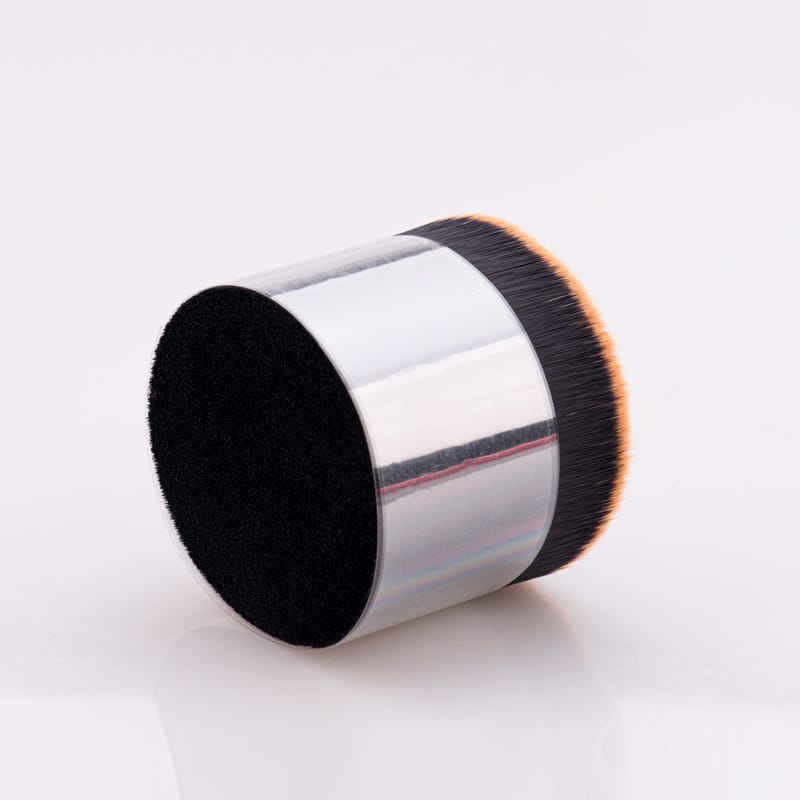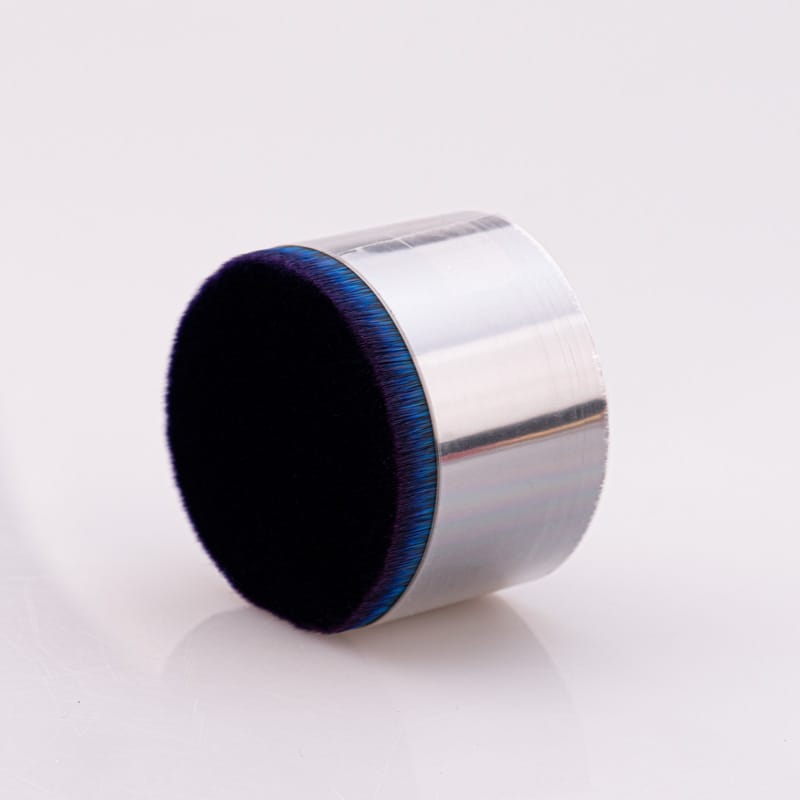How Fiber Texture Affects Lash Appearance and Durability
The texture of synthetic fibers used in eyelash manufacturing plays a pivotal role in defining the final product’s appearance, functionality, and lifespan. From ultra-smooth fibers that mimic natural hair to textured ones that enhance volume, fiber texture determines how well an eyelash product performs and appeals to consumers. This article explores how fiber texture impacts lash aesthetics, durability, and consumer satisfaction.
The Science of Fiber Texture
Fiber texture refers to the surface characteristics of synthetic fibers, including smoothness, porosity, and any deliberate patterns or finishes added during manufacturing. The texture is influenced by factors such as:
- Material Composition: PBT (Polybutylene Terephthalate), PET (Polyethylene Terephthalate), and nylon fibers have distinct intrinsic textures.
- Manufacturing Techniques: Processes like tapering, chemical treatments, and dyeing alter the surface feel and look of the fibers.
- Cross-Sectional Design: Round, triangular, or hollow cross-sections contribute to how the fiber reflects light and interacts with adhesives or coatings.
Impact on Lash Appearance
- Natural Look vs. Dramatic Effect
- Smooth Fibers: Ideal for achieving a glossy, natural lash appearance, as they closely mimic the shine of real hair.
- Textured Fibers: Create a more dramatic effect, often used in volumizing lashes, as the uneven texture catches light and adds depth.
- Reflection and Shine
- Smooth fibers tend to produce a consistent shine, perfect for customers seeking a polished look.
- Textured fibers diffuse light, reducing glare and providing a matte finish, which is increasingly popular for subtle, everyday styles.
- Thickness and Density Perception
- Textured fibers can give the illusion of thicker lashes without adding significant weight, making them more comfortable for extended wear.
Impact on Durability
- Adhesive Compatibility
- Textured fibers offer better grip for adhesives, ensuring that false eyelashes stay securely attached throughout the day.
- Smooth fibers may require specialized adhesives to prevent slippage.
- Resistance to Wear and Tear
- Textured fibers are more forgiving to handling, making them less likely to show damage from repeated use.
- Smooth fibers, while visually appealing, are often more prone to splitting or losing their shape with extended wear.
- Environmental Factors
- Textured fibers are better at resisting the accumulation of dirt and oils, which can degrade lashes over time.
- Smooth fibers may require additional coatings or treatments to enhance their resilience.
Design Considerations for Different Lashes
- Daily Wear Lashes
Smooth fibers work well for natural, lightweight lashes designed for daily use, as they are less likely to irritate sensitive eyes. - Event or Party Lashes
Textured fibers dominate in the creation of bold, voluminous lashes tailored for special occasions. Their ability to hold intricate designs ensures an impactful look. - Hybrid Lashes
Many manufacturers now blend smooth and textured fibers within a single lash band to combine the best of both worlds—natural appearance and enhanced durability.
Consumer Trends and Preferences
- Demand for Versatility
- Customers increasingly seek lashes that balance aesthetics with long-lasting performance. Textured fibers, with their ability to enhance both, are gaining market share.
- Customization
- Textured fibers offer greater versatility in lash styles, catering to a broad range of consumer needs, from minimalistic to dramatic designs.
- Comfort and Sustainability
- Advances in textured fiber technology now focus on creating lightweight, biodegradable options to meet growing environmental concerns.

Fiber texture is a critical factor in shaping the appearance and durability of synthetic eyelashes. Manufacturers can leverage smooth and textured fibers to cater to different consumer preferences and product functionalities. By understanding how fiber texture interacts with other design elements, businesses can produce lashes that are not only beautiful but also durable and reliable.










Leave A Comment